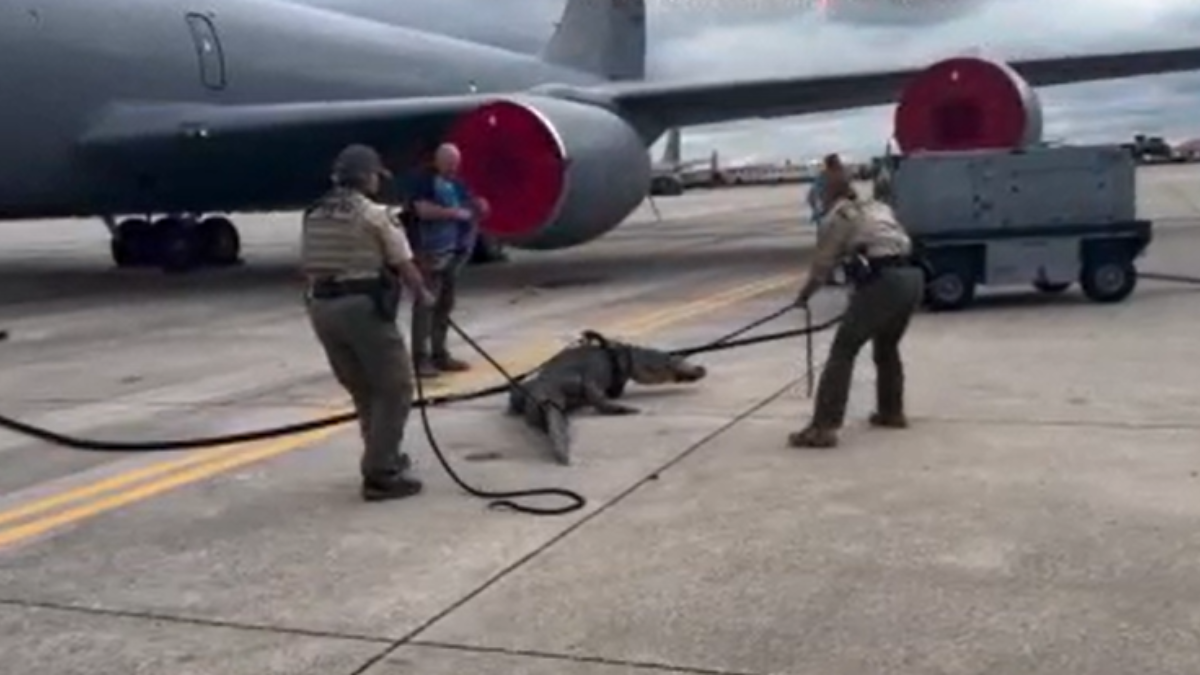While the expression “dog days of summer” may have its roots in Ancient Roman astronomy, there’s a reason it has remained a part of our modern day vernacular - this time of the year is very tough on our canine companions.
Statistically speaking, summer is the time of year when most dog bites to children occur. Longer days, vacations from school, and visits to friends and family increase the odds of children encountering dogs with whom they may not be familiar. Many assume that behaviors which are tolerated by their own dogs, will be welcomed by any dog they meet.
For a dog that is fearful, or who is not familiar with children, normal childhood behaviors can be downright terrifying. Many dog bites to children happen during the course of activities that children consider “nice”. Hugging, kissing, chasing, cuddling, and sharing toys can easily be perceived as threats to a dog that is dealing with an unfamiliar child.
Parents should encourage children not to approach dogs they don’t know, but rather, let the dog come to them. Encourage children to stand still without touching, talking to, or looking at the dog, while the dog checks them out by smelling them.
My wife likes to tell kids “dogs say hi with their noses, so let him say hi to you first.” For reasons I will not pretend to understand, kids get a huge kick out of this. I’ve never seen a child give her a hard time over it, and the greetings always go well - even with our reactive dog.
Dog owners, if you’re expecting a visit from youngsters, use common sense. If your dog doesn’t do well around children, don’t set him up for failure. Make arrangements for boarding, or better yet, call a certified professional dog trainer to work on his problems before your guests arrive. Regardless of whether or not you are a parent, children are a part of society and our dogs should know how to behave towards them. Remember, even if a bite is provoked, Florida’s Damages by Dogs Law places the responsibility - and liability - on dog owners. In other words, if our dogs cause injury, it is we who are held accountable.
If your dog is a social butterfly who loves running amok with the kids, your biggest summer concern could be the threat of heat stroke. Unlike their human counterparts, dogs are not capable of sweating profusely to regulate their body temperatures. Additionally, temperatures close to the ground can be anywhere between 10 and 40 degrees hotter than what is officially recorded. This puts even small dogs at a high risk for heat exhaustion.
Local
Brachiocephalic, or “smushy-faced” breeds are at a higher risk as well. Pugs, shih-tzus, French bulldogs, and even the big guys such as boxers and American bulldogs, all fall into this category. Panting requires extra effort for these breeds, and panting is one of the few mechanisms available to dogs for regulating their body temperatures.
Regardless of breed, monitor your dog’s outdoor activities carefully. Provide plenty of shade and fresh drinking water. A plastic kiddie pool for cooling down is always appreciated by dogs. Avoid prolonged outdoor activities in the heat of the day, and for the love of everything holy, do NOT leave pets alone in the car. There are a variety of cutesy memes making the rounds on social media portraying dogs in cars bearing notes “signed” by the canine occupant. The notes assure passers-by that the A/C is running and they are listening to their favorite band, so please don’t call the cops or smash the windows. Lol.
A client who serves on our local police force relayed a story of a poodle who was left in an air-conditioned car. The poodle decided to explore the dashboard, and accidentally stepped on the button that controlled the A/C compressor. The compressor turned off. Within minutes the unit began blasting hot air into the car. A Good Samaritan called 911. The police arrived, smashed the window, and rushed the unconscious dog to the nearest veterinary hospital. Sadly, her internal organs had already begun to shut down, and she did not survive.
Life is chaotic. Things go wrong. This poor dog’s owner thought she was doing everything right, and perhaps she was. Air conditioners fail for all sorts of reasons and always, it seems, at the worst possible times. Just don’t leave your pets in the car. Ever.
If blistering heat and spirited children aren’t enough to make our pets crazy, there’s those afternoon thunderstorms that should be starting to flare up any day now. For some pets, this is a surefire sign of the Apocalypse. If your dog or cat suffers from storm anxiety, the most important thing you can do is provide them with a safe space where they feel protected from both the sound of thunder, and the electrical charges that accompany these storms.
In most cases, a crate in the corner of a closet works wonders. Line it with blankets and fill it with fun toys and treats. If you find that your pet hides in a bathtub or shower stall during a storm, do not discourage this seemingly bizarre behavior. The tile actually acts as insulation against the charges that naturally occur during an electrical storm. Your pet is in fact, self-soothing and their choice to do so should be rewarded.
The Thundershirt is a tight-fitting garment for pets that mimics the swaddling techniques used to comfort autistic children. We have one for our younger dog, and it does seem to help.
Storms also provide a great opportunity to go through any obedience or trick training commands. By doing things they love to do and are good at doing, they achieve a sense of mastery that builds their confidence. They also learn to associate storms with playtime, and gives them something to focus on, other than the storm event.
If your pet is too anxious for these methods to be effective, there are veterinary pharmaceuticals that can help him weather the storms. Modern veterinary practice has moved away from the use of sedatives, and towards the use of anti-anxiety medications. These drugs, while more effective and humane, can take two weeks or more to take effect. Additionally, doses may need to be adjusted before the optimal benefits are observed. It is also important to note that all drugs of this nature are intended to be used in conjunction with behavioral training. Simply giving a pill will not work.
Since our rainy season seems to be arriving later this year, there’s still time to get ahead of the game. With the right kind of training and a certain amount of “chemical courage” we can help our companions weather the dog days of summer.
Do you have a question for Dr. Kupkee? Click here to send him an email.
Click here to check out great deals and discounts exclusively for NBC6.com fans!



